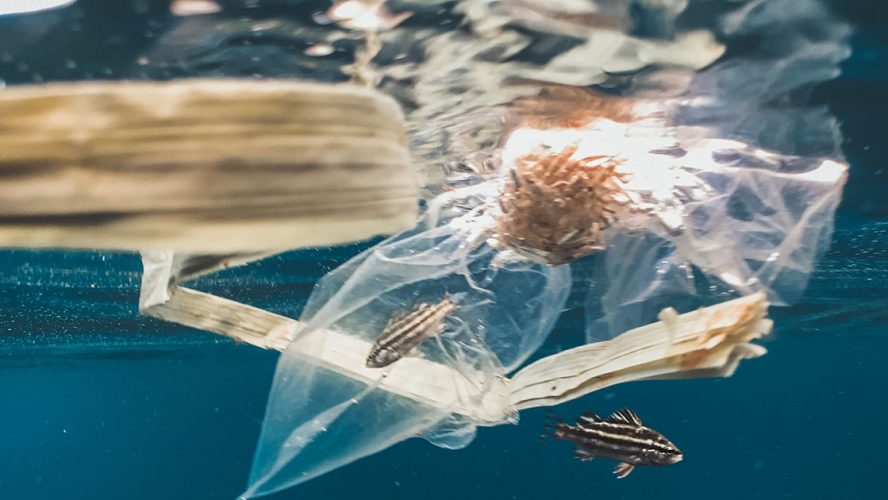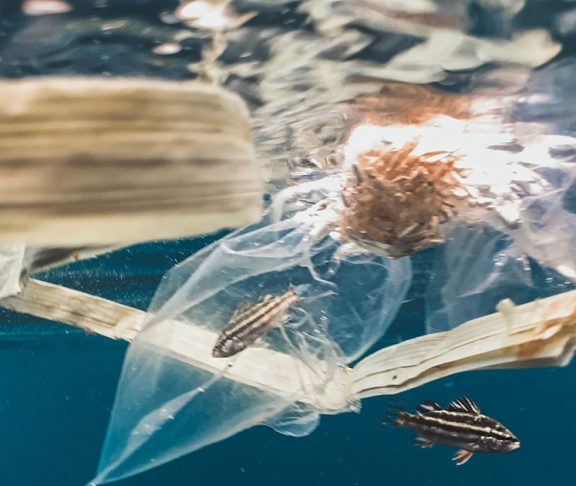
Sander Defruyt
Lead, New Plastics Economy
We have a major global problem caused by packaging waste and pollution.
One staggering statistic indicates that a third of all plastic packaging ends up in the environment each year, polluting our oceans, rivers and land. If we carry on like this, there will be triple the amount of plastic entering the ocean each year by 2040, and more plastic than fish in the sea by 2050.
To solve the problem of packaging waste and pollution, we need to recycle all packaging that cannot be eliminated or reused, but the recycling system as it is isn’t working. For the majority of packaging items, both in the United States and globally, no recycling options are available, and only 14 percent of plastic packaging in the United States gets recycled at all. An important part of the answer to fixing it lies in the economics.
The trouble is that collecting, sorting and recycling packaging costs more than what recyclers get paid for recycled materials — there is a net cost. In order to attract investment and meaningfully scale recycling as a viable solution, that cost needs to be covered, so the process becomes profitable.
The only proven way to generate ongoing and sufficient funding to cover the net cost of recycling is when the companies producing packaged products remain responsible for the packaging after its use. Programs that require companies to pay for their packaging collection, sorting and recycling are called extended producer responsibility (EPR).
This is a well-known and proven policy tool, and is already in place in many countries around the world, including Japan, South Korea and most EU member states. It has been proven to drive up recycling rates and could deliver a host of other benefits, such as reductions in greenhouse gas emissions, incentives for companies to design more easily recyclable packaging or eliminate single-use packaging altogether, and the creation of local jobs.
The need for packaging EPR in the United States is increasingly widely recognized. Legislators from ten states — California, Colorado, Hawaii, Maine, Maryland, New Hampshire, New York, Oregon, Vermont and Washington — introduced EPR bills in a coordinated effort this year. Meanwhile, the U.S. Plastics Pact, which brings together more than 95 organizations, including government entities, non-governmental organizations, research institutions, and businesses, highlighted EPR as instrumental to realizing their goals. These include 50 percent of plastic packaging being recycled or composted by 2025 and increased use of recycled materials in packaging.
The need for EPR programs for packaging is also being recognized globally. Earlier this month, mobilized by the Ellen MacArthur Foundation, dozens of leading businesses, NGOs, and other stakeholders from across the value chain signed a joint statement calling for extended producer responsibility for packaging, including the very businesses who would have to cover the costs. They all recognized that without EPR, packaging collection and recycling is unlikely to be meaningfully scaled and tens of millions of tons of packaging will continue to pollute the environment every year.

